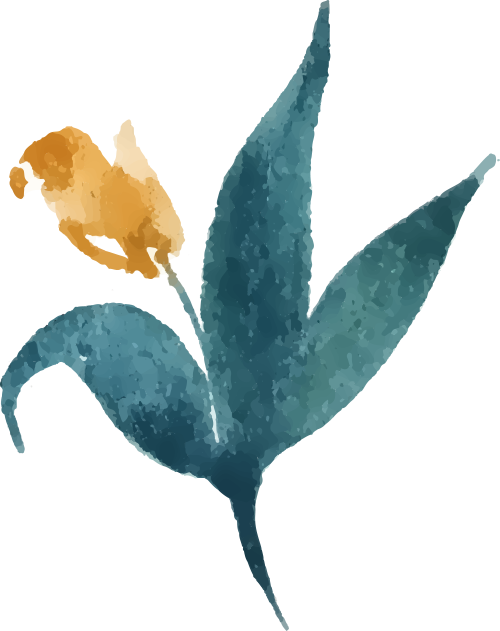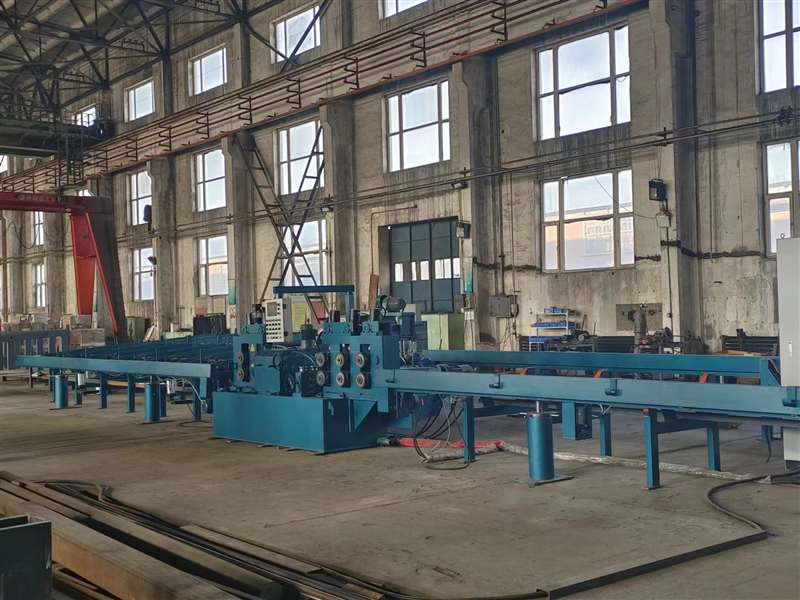- Straightening Machines: Types, Functions, and Applications
- Essential Maintenance and Refueling Guide for Centerless Grinders
- Steel Peeling Machines: Advantages and Applications
- Why Choose Mingcheng Peeling Machine? Boost Production Efficiency and Create Dual Profits
- Metal Materials and Their Development Trends
- Lathes vs Milling Machines: Turning vs Milling
E-mail:liu@mingchenggroup.com
Phone:+86 13322202758
QQ:605712576
Address:No. 20, Gangwan Street, Zhongshan District, Dalian City, Liaoning Province
The Past and Present of Centerless Grinders
The origin of centerless grinders dates back to the early 20th century. During this time, the rapid development of the automobile industry saw the rise of over 20 automobile companies, including giants like Mercedes-Benz, Ford, and General Motors. These companies began adopting standardized, assembly-line production methods. The automobile industry’s demand for precision parts in large quantities spurred the invention of centerless grinders, revolutionizing manufacturing processes.
In 1921, the Cincinnati Milling Machine Company fulfilled an order from Ford Motor Company to manufacture ten centerless grinders. The machines were delivered to Ford on February 17, 1922, marking a milestone in manufacturing history. With the advent of centerless grinders, the dimensional accuracy and roundness of parts improved significantly, and production times were drastically reduced. This technology not only enabled mass production but also facilitated the creation of interchangeable parts, which were key to advancing modern manufacturing.

Development of Centerless Grinders in China

Development of Centerless Grinders in China

Although China was late to the development of centerless grinders, it quickly caught up and has since gone through three significant stages: imitation production, self-design, and modern design.

Imitation Production Stage (1954–1960)
Imitation Production Stage (1954–1960)
In 1954, Wuxi Machine Tool Factory copied its first ordinary centerless grinder model, the M2075. By 1957, they had replicated the M1075K, a wide sand centerless grinder. This marked the beginning of China's journey in centerless grinder manufacturing.

Self-Design Stage (1956–1970)
Self-Design Stage (1956–1970)
In 1956, under the guidance of Soviet experts, Wuxi Machine Tool Factory began designing China's first centerless grinder, the M1025. By March 1958, the new product had been assembled and passed quality checks. Between 1961 and 1970, various Chinese factories, led by Wuxi Machine Tool Factory, developed specialized centerless grinders for different applications, such as processing air valves, steel pipes, motor shafts, and ball pins. This period marked China's maturity in self-designing centerless grinders.

Modern Design Stage (1980s–Present)
Modern Design Stage (1980s–Present)
The early 1980s ushered in a new era of technological advancements for centerless grinders. China developed high-precision grinders and high-speed centerless grinders, incorporating modern technologies like modular design, static and dynamic finite element design, and computer-aided design. These innovations have continued to drive the evolution of centerless grinding technology.

Working Principle and Methods of Centerless Grinders

Working Principle and Methods of Centerless Grinders

Centerless grinders, as the name suggests, grind materials without the need to clamp the workpiece in the center. They consist of three primary mechanisms: the grinding wheel, guide wheel (adjusting wheel), and workpiece support (support plate). The grinding wheel removes the material from the surface to achieve the desired polish. The guide wheel controls the workpiece's rotation speed, while the support plate stabilizes the workpiece during grinding.
There are three main centerless grinding methods:
Transverse Feeding Method: Ideal for grinding multi-diameter or specially shaped workpieces.
Through Feeding Method: Highly efficient for grinding cylindrical rollers, needle rollers, and tapered rollers.
Tangential Feed Mode: Used for grinding specially shaped workpieces, such as spherical rollers.

Advantages and Disadvantages of Centerless and Cylindrical Grinding

Advantages and Disadvantages of Centerless and Cylindrical Grinding

Among grinders, cylindrical grinding machines are the most widely used for processing cylindrical and conical surfaces. However, when choosing between centerless grinding and cylindrical grinding, it’s important to understand their respective strengths.

Features of Centerless Grinding Machines
Features of Centerless Grinding Machines
Centerless grinding offers continuous processing, eliminating the need for tool retraction, which results in higher productivity. The support rigidity of the guide wheel positioning mechanism is better than the top-and-center frame mechanism of cylindrical grinders, allowing for larger cutting amounts. This makes centerless grinding particularly suitable for slender shaft workpieces, facilitating high-speed and strong grinding.
Another advantage is the workpiece positioning. In centerless grinding, the workpiece is positioned using the outer diameter, and the grinding amount is based on the workpiece’s diameter allowance. This setup minimizes the influence of wear on the grinding wheel and ensures precise diameter accuracy. Additionally, automation is easier with centerless grinding as there’s no need to drill center holes for the workpieces.
Wide grinding wheel centerless grinders are also equipped with through-type mechanisms, which allow for higher processing allowances. Complex surfaces can be ground sequentially, or multiple grinding wheels can be used, enhancing productivity and application versatility.

Comparison with Cylindrical Grinding
Comparison with Cylindrical Grinding
While cylindrical grinding is less efficient than centerless grinding, it has its advantages. Cylindrical grinders can correct cylindrical errors from previous lathe processes and are also capable of grinding stepped shafts. CNC cylindrical grinders can handle more complex tasks, such as grinding middle heights or arc surfaces. Generally, in terms of overall cylindrical accuracy, cylindrical grinding surpasses centerless grinding.

Industry Prospects

Industry Prospects

Centerless grinding remains one of the most efficient and precise machining methods available. It delivers excellent surface quality, high accuracy, and high machining efficiency, making it ideal for processing slender diameter pins, bars, and pipes. Its widespread use in bearing manufacturing further underscores its importance in the industry.

Welcome to Order from Us

Welcome to Order from Us

We offer top-quality centerless grinders tailored to your specific requirements. Our services are available 24 hours a day, and we provide multi-language support to assist you no matter where you are. Each of our machines comes with a 12-month warranty, starting from the day the machine arrives at the importer's port.
For machines that are out of warranty and require replacement parts, we charge based on the parts quotation. If you have any questions or need consultation, feel free to email us at any time.
With over ten years of experience, we are committed to providing the best machinery and customer service in the industry. Contact us today to place your order!
- Previous:Optimizing Straightening Machines: Efficiency & Solutions
- Next:Horizontal Straightening Machine in Metal Industry
-
2023-09-19How The Round Steel Peeling Machine Works?
-
2023-09-19Round Steel Peeling Machine






